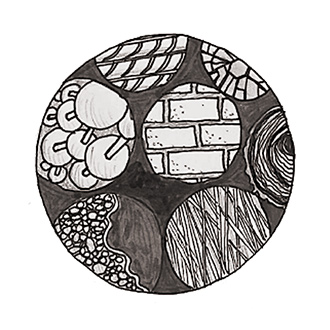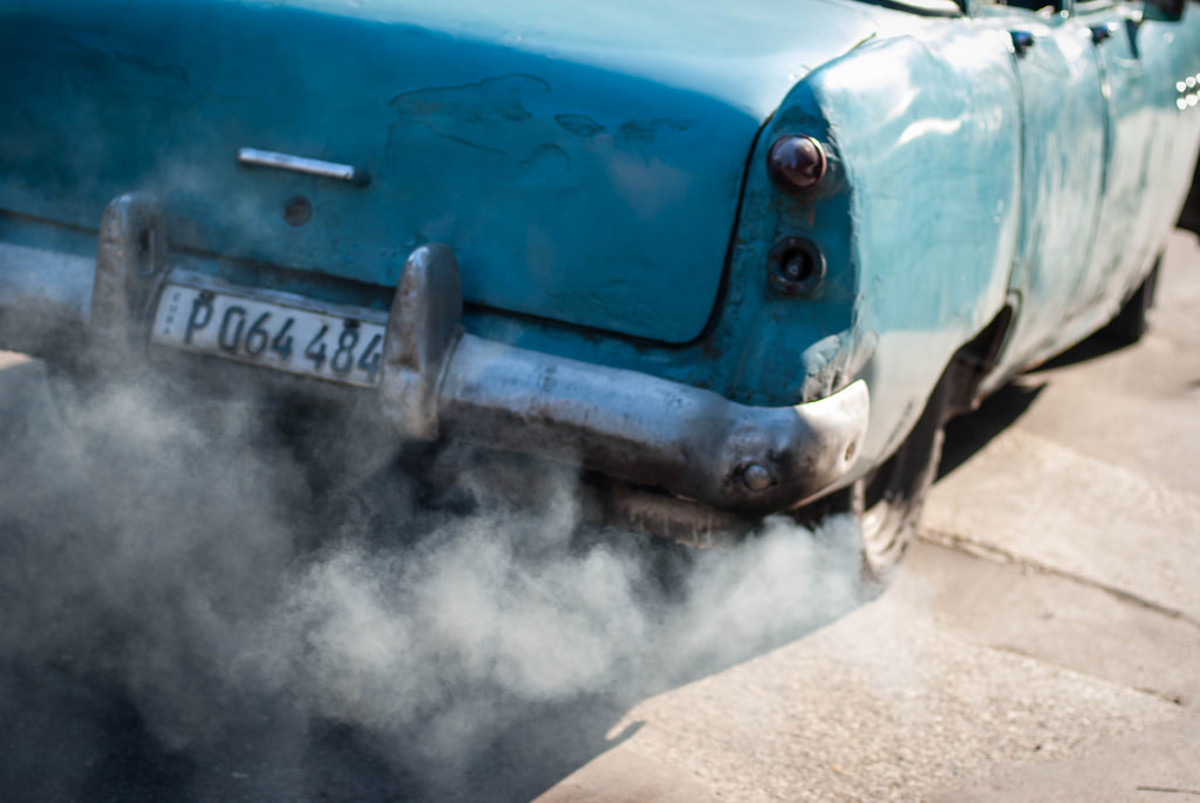What the octane rating of gasoline means and what it does not mean is widely misunderstood and part of the problem comes in because there is more than one way to alter the rating. All else being equal the energy content is the same regardless of the rating but an engine that can accommodate a higher rating through advancing the timing can achieve a higher efficiency. But running higher octane fuel in an engine designed for a lower octane fuel has no benefit nor does it cause harm. It burns just as completely. The instance where fuel does not burn completely is when there is pre-ignition because the rating is too low.
This.
Octane rating is the fuel's ability to avoid detonation; spontaneously igniting.
He states:
91 is hard to ignite with cylinder heat and ignition resulting in an even more incomplete burn.
Igniting with cylinder heat is exactly what you are trying to avoid with higher octane. Combustion is a process, not a random event. Ignition occurs from the intended point of propagation (the spark plug) and the flame front spreads-out from there, evenly across the cylinder, creating a surge of pressure, which drives the piston down.
You do not need higher compression or different heat range plugs to take advantage of higher octane, you just need to be able to advance the ignition timing. Back in the day, we'd do that by rotating the distributor. You'd pick up a few HP on a 302HO by increasing base from 10 to 14 degrees BTDC. If you put regular in them with this done, they'd rattle (detonation).
Do you remember carbureted engines "running on"? They were "dieseling", which was the carbon build-up in the cylinder getting hot enough to ignite the air fuel mixture, resulting in very poorly timed and dirty combustion that didn't require a spark plug to take place. This could be avoided by using higher octane fuel typically. This happening (a spontaneous and improperly timed combustion event) taking place on a higher compression engine, or particularly a boosted one, can cause catastrophic results. Probably the best example of that is LSPI.
Now, there's no advantage in running higher octane fuel if your engine can't take advantage of it. This can be ascertained by monitoring spark knock. If your ECM is pulling timing, you'll benefit from higher octane fuel. If it isn't? You won't. The HEMI wants a minimum of 89, but can run on 87 by pulling advance. The higher compression 6.4L doesn't make that claim, it wants 91 minimum as do many Euro cars whose spark maps are designed around 91. Will they run on 87? Yes, if they have a knock sensor (and most do) you can get away with doing it, but it certainly isn't optimal.
Now, the HEMI has 16 spark plugs and this has nothing to do with octane or plug heat range and everything to do with combustion chamber design. Big valves in a hemispherical-style chamber results in very poor swirl at low speeds. This means less than ideal mixing of the fuel/air and a "dirty" combustion event. By igniting the flame front in two locations, using a phased approach, this can be somewhat mitigated, which improves emissions performance. Dual ignition has been around since at least the 1920's on big bore engines and IIRC, Mazda used it on their 4" bore 4-pot in the 90's. Pent roofs do better in this regard, as do wedges (hence the LS7 having huge bores and single plugs).
Now, spark plug heat range has nothing to do with what was postulated in that thread. In the simplest terms, the heat range of the plug is dictated, based on testing, on what is required to keep the plug clean. That's the primary purpose. Keeping the tip of the spark plug hot enough to keep the build-up off, while cold enough not to fail. This is achieved by the length of the ceramic insulator that controls how quickly the heat is dissipated into the cylinder head.
If a plug is too hot, it can cause preignition. If a plug is too cold, it can foul. Engines that are run under higher load (think marine engines) will often run a slightly colder plug than engines that aren't, even if the engines themselves are basically the same (like a Ford Windsor).
NGK has a decent little blurb on this here:
What does the heat range really mean on your spark plug? We have the answers on our training resource page.

ngksparkplugs.com
As
@kschachn noted, once combustion is started, there's no difference in the burn between the two different octane ratings. Higher octane doesn't burn cooler, lower octane doesn't burn faster. This is covered very well in the link from MIT that
@BMWTurboDzl posted:
Octane rating is a measure of grace under pressure: how evenly a gasoline will burn under difficult conditions, like hard acceleration. Ideally, the vaporized gasoline inside an engine’s cylinder burns by the propagation of a wave of flame, ignited by the cylinder’s spark plug. This allows a smooth transfer of power to the engine’s crankshaft and the car’s wheels. But at higher pressures or temperatures, small pockets of gasoline vapor can prematurely explode, or self-ignite, creating a distinctive “knocking” sound, as well as potentially destructive shock waves.
Gasoline with a higher octane rating does not self-ignite easily, and burns more evenly than lower-octane fuel under harsh conditions, resisting detonation and knocking.
Now, if you have an engine that requires 91 and is pulling serious timing to avoid pinging, you may experience incomplete combustion because the ignition event is moved up closer to the exhaust event and you've effectively shortened the power stroke. This means you may still have combustion taking place after the exhaust valve opens. This is part of that hit on efficiency
@kschachn noted, so, this effectively works the opposite of what buddy was proposing.




